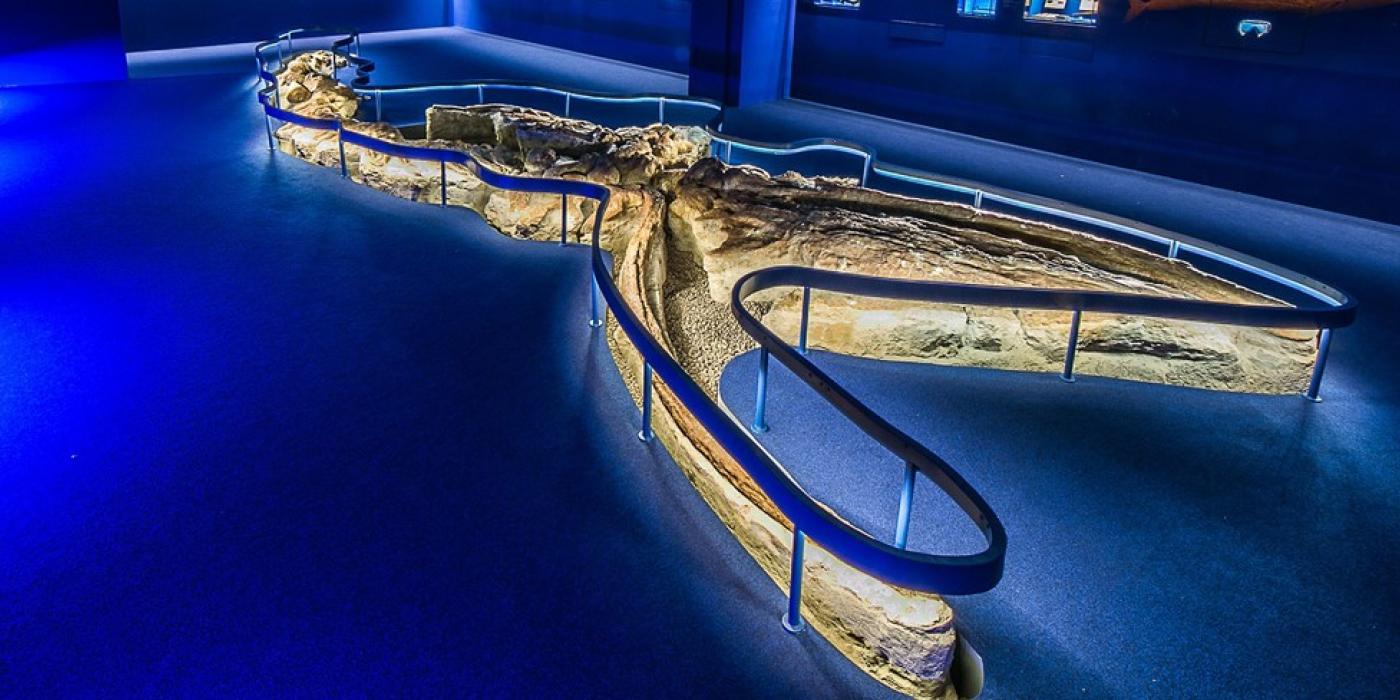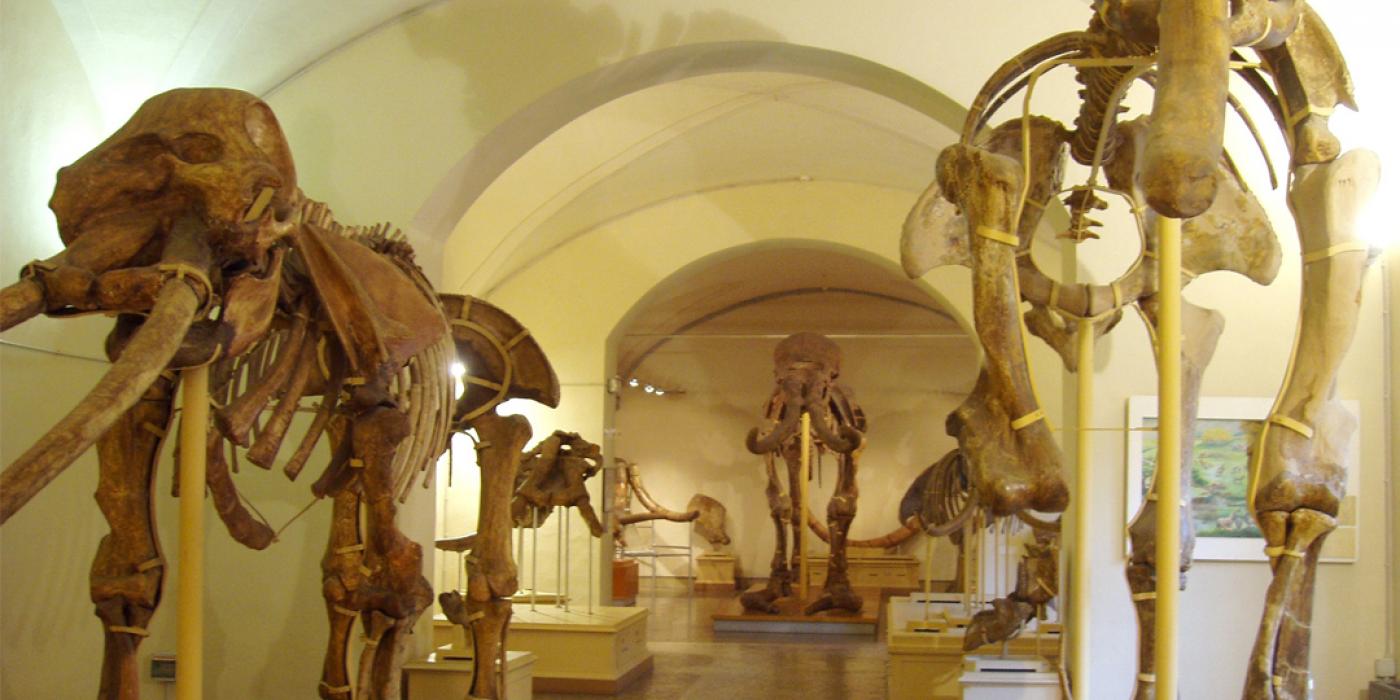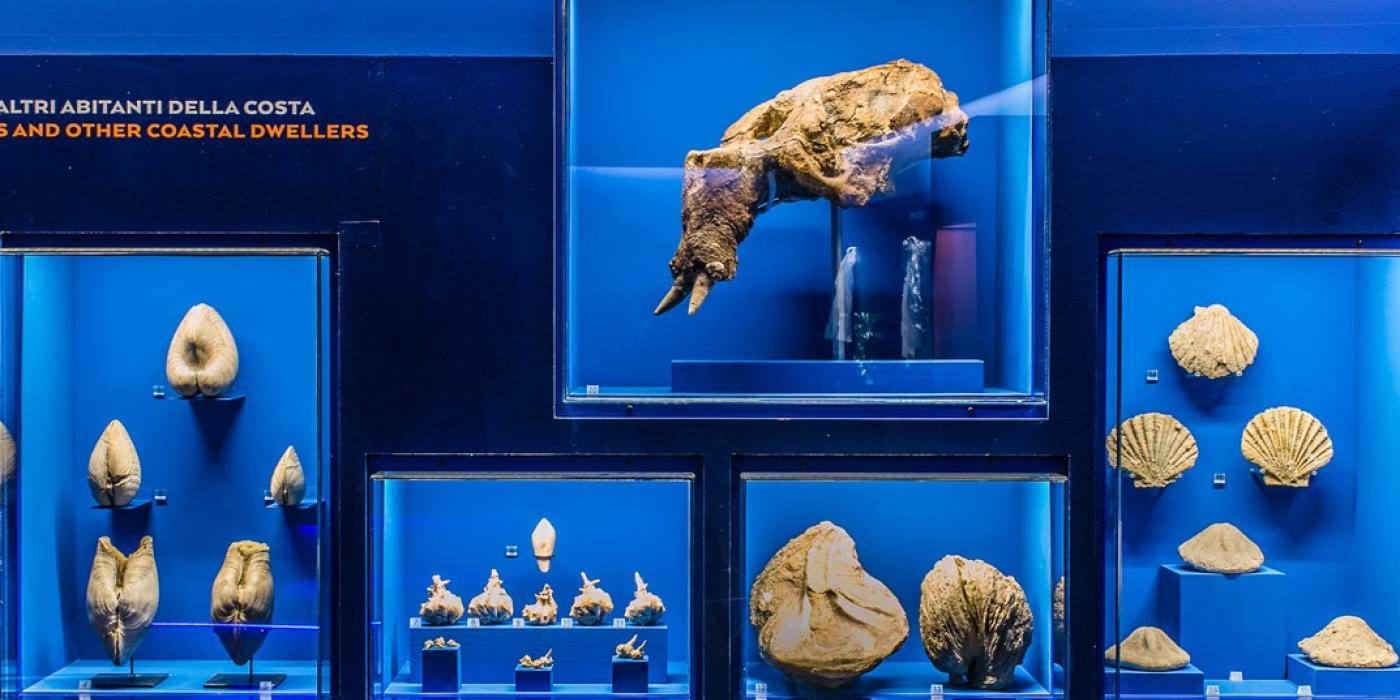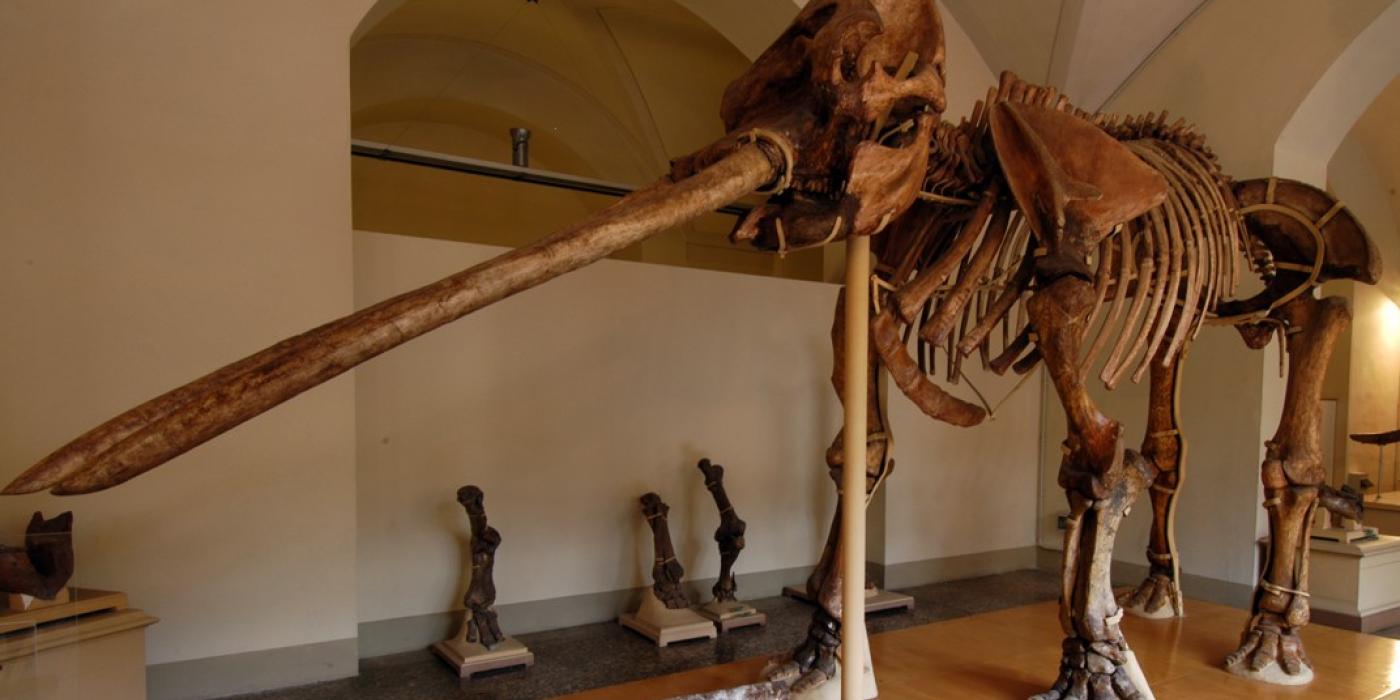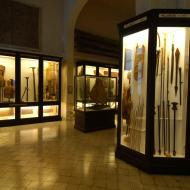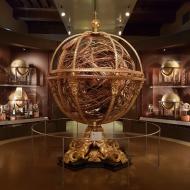This Natural History Museum section of geology and paleonthology describes Italian paleontological history and the history of life on Earth. Upon entry you really cannot miss the impactfully exhibited skeletons of big proboscides, among which a mastodon with long tusks and stocky body frame, and a big, four-metre high adult elephant. See skeletons of animals that lived millions of years ago in Tuscany when the territory was a savannah: the cave lion, the leopard, the tiger with sabre teeth. And also the skeletons of manatees, far away ancestors of elephants and progenitors of the Dugongidae and Manatees still present in the Atlantic and Indian Oceans. An entire hall is dedicated to a horse that originally was the size of a medium dog, while a finding of extraordinary value to study evolution is the totally unique skeleton of the Oreopithecus bambolii, an anthropomorphous monkey that lived 9 million years ago and has many similarities with hominids. The section dedicated to the extra-European fossils features skeletons of large flightless birds, examples of ammonites and other fossil invertebrates from various geological eras. The exhibition ends with the ultra-modern “Sala della balena”, an immersive area in which the visitor can walk ‘on the sea bottom’ beside a 10-metre long skeleton of a whale that lived three million years ago.
Access notes:
Direct access from the ticket office and entry into the first available visit slot.
Last admission half hour before closing.
Access for disabled:
Photo gallery
Museum timetables:
Related museums
